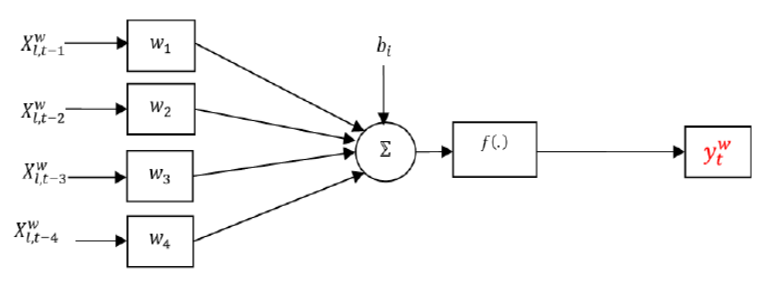


Indian Journal of Science and Technology
Year: 2021, Volume: 14, Issue: 2, Pages: 131-140
Original Article
E Kalaiarasi1*, A Anbarasi2
1Ph.D. Research Scholar, Department of Computer Science, L. R. G. Government Arts College for Women, Tiruppur, Tamilnadu, India
2Assistant Professor, Department of Computer Science, L. R. G. Government Arts College for Women, Tiruppur, Tamilnadu, India
*Corresponding Author
Email: [email protected]
Received Date:23 November 2020, Accepted Date:28 December 2020, Published Date:20 January 2021
Objective: To propose Multi-parametric Deep Neural Network (MDNN) for modeling the impact of climate changes, multiple parameters related to the weather and soil for accurate crop yield prediction. Methods: In MDNN, a measure called Growing-Degree Day (GDD) is introduced for measuring the overall effect of weather conditions related to the crop yield. One of the key elements in MDNN is the neuron’s layer-wise activation function. In order to enhance the crop yield predictive performance, a leaky rectified linear unit is used in the activation units of MDNN. For the analysis of performance of DNN and MDNN, data about weather, crop and soil are collected from http://www.ccafs-climate.org/climatewizard/, https://data.world/thatzprem/agriculture-india and https://data.gov.in/search/site?query=soil respectively. From the collected data, 60000 records are used for training and 40,000 records are used for testing. Findings: By considering multiple parameters of climate and the effect of weather on crop yield, the accuracy of MDNN is improved for predicting the crop yield. The effectiveness of MDNN is tested and compared with DNN for different types of crops. The MDNN achieves 91.84% of mean accuracy for five different crops compared to the DNN classification. Novelty: This proposed work tries to predict the crop yield more accurately by analyzing the climate, weather and soil parameters. The MDNN considerably improves statistical efficiency over typical DNN by using previous knowledge about important phenomena and functional forms relating them to the crop yield.
Keywords: Crop yield prediction; machine learning; DNN; climatic changes; soil parameters; growing degree-day
© 2021 Kalaiarasi & Anbarasi.This is an open access article distributed under the terms of the Creative Commons Attribution License, which permits unrestricted use, distribution, and reproduction in any medium, provided the original author and source are credited. Published By Indian Society for Education and Environment (iSee)
Subscribe now for latest articles and news.